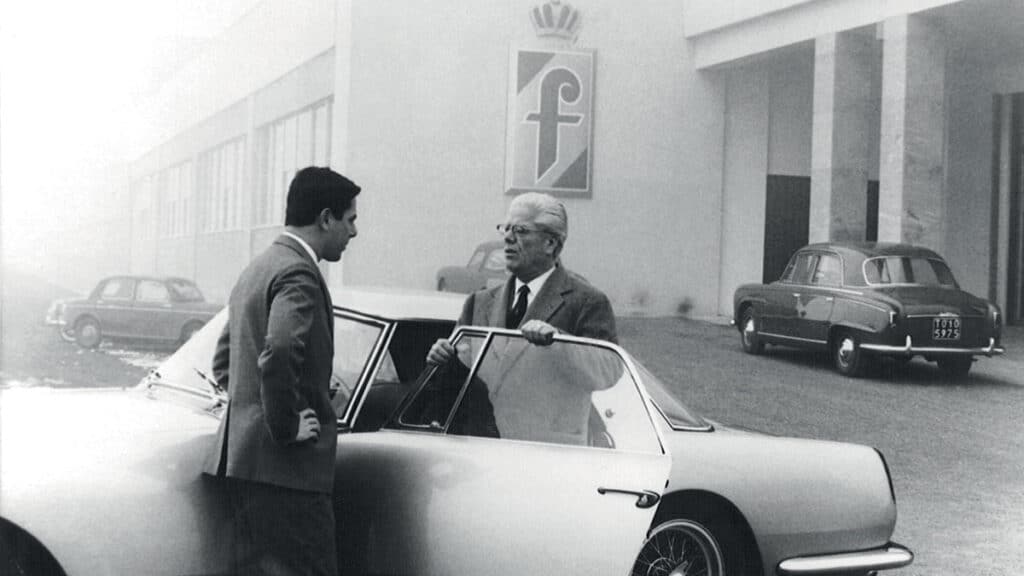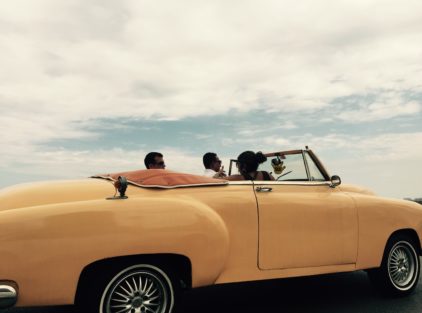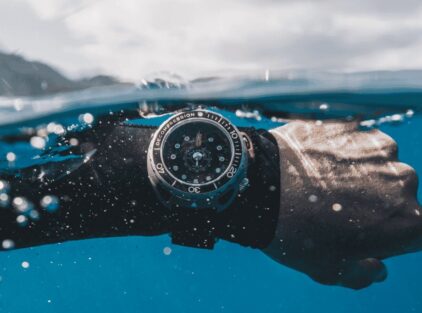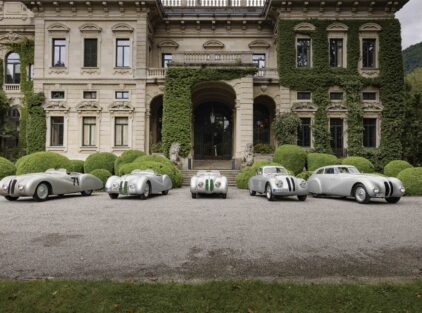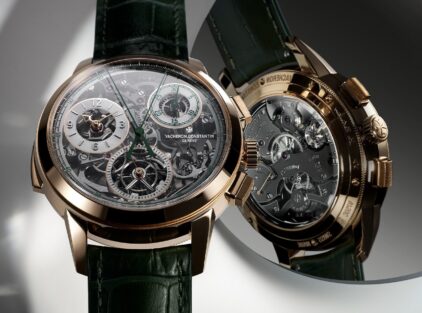Before you flip through a sports car’s manual, before you look for numbers and performance, the only thing that matters is the first eye contact that creates that spark of attraction between driver and body, the curve of a line that effortlessly connects the bonnet to the boot. It’s not the tachyderm that inspires desire in those who set eyes on a four-wheeler, but the shape and design lines that drive the imagination. Among all the nations that produce cars, many would argue that it is the Italians who make the most attractive vehicles and in most cases, these bear the Pininfarina stamp. Founded by Battista “Pinin” Farina in 1930 in Turin, Italy (Pinin was a nickname meaning young or young man, given to Battista as the baby of the family), the Italian designed and built bodies for Alfa Romeo, Lancia and Fiat, helping to develop “unibody” construction which was a new concept at the time. Pinin and his son drove the Alfa Romeo 6C 2500S and Lancia Aprilia roadster from Turin to Paris and parked them outside the gates of the 1946 Paris Motor Show, when Italy was banned from participating.
In 1951 Battista designed the body for the Cisitalia 202, which made its appearance in the Museum of Modern Art’s exhibition “Eight Automobiles” – which remains in the museum’s permanent collection – the museum’s first exhibition of automobile design. Cisitalia marked a change in the way cars were designed, as all aspects of the design, from the grille and headlight to the hood and doors, were integrated into a single flowing line. The moment that would put Pininfarina on top was the same year he began designing and building bodies for Ferrari. From that point on, the company would design nearly all Ferrari models, helping to set the standard for luxury for nearly 70 years. The two legendary companies only recently ended their partnership in 2017. Although Pininfarina is most associated with its partnership with Ferrari, it remained an independent design firm that produced cars for Alfa Romeo, Lancia and Nash Healey and for nearly 90 years pushed the boundaries of what a high-performance car should look like as the shapes they crafted defined the aesthetics of speed for the world.
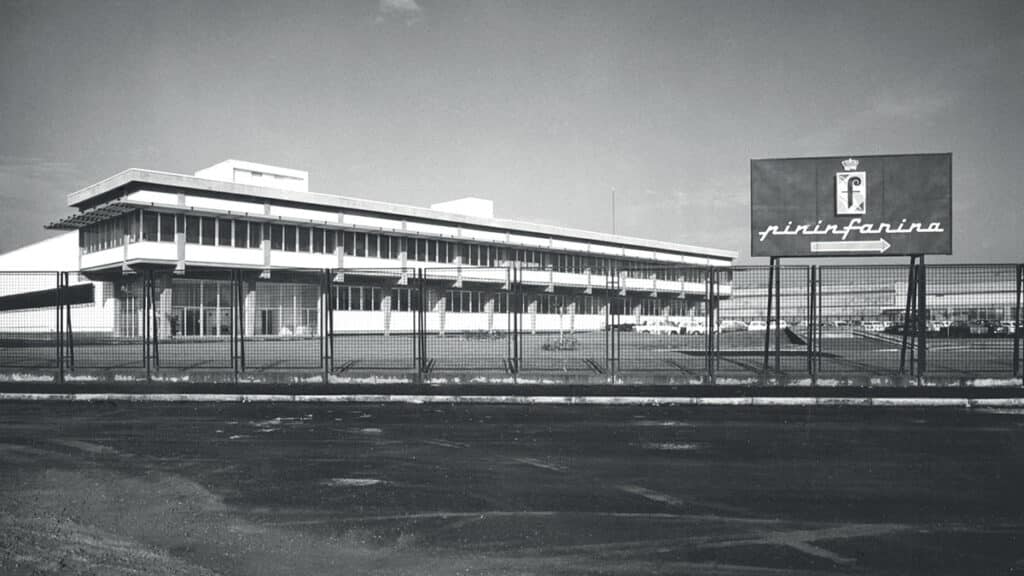
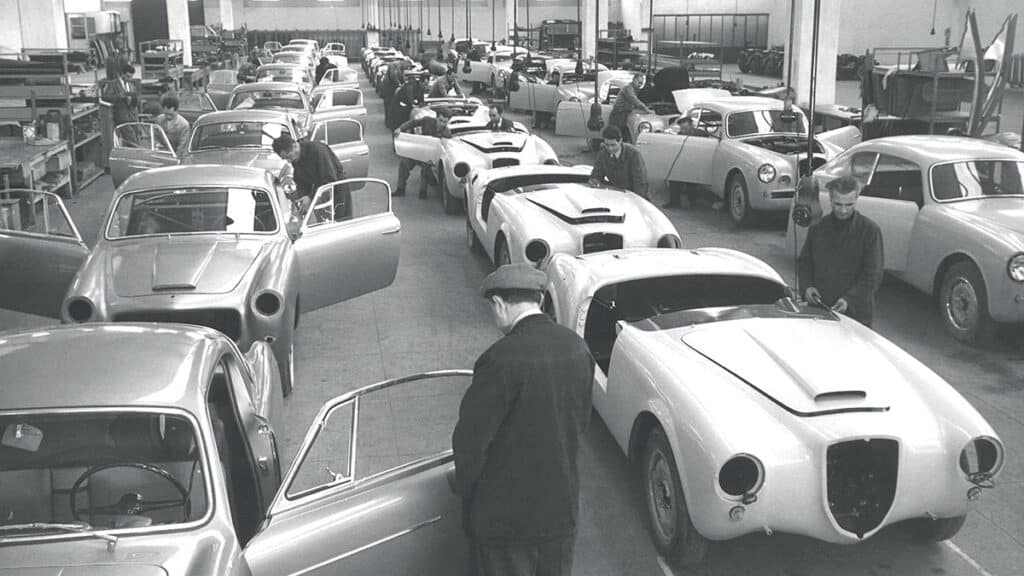
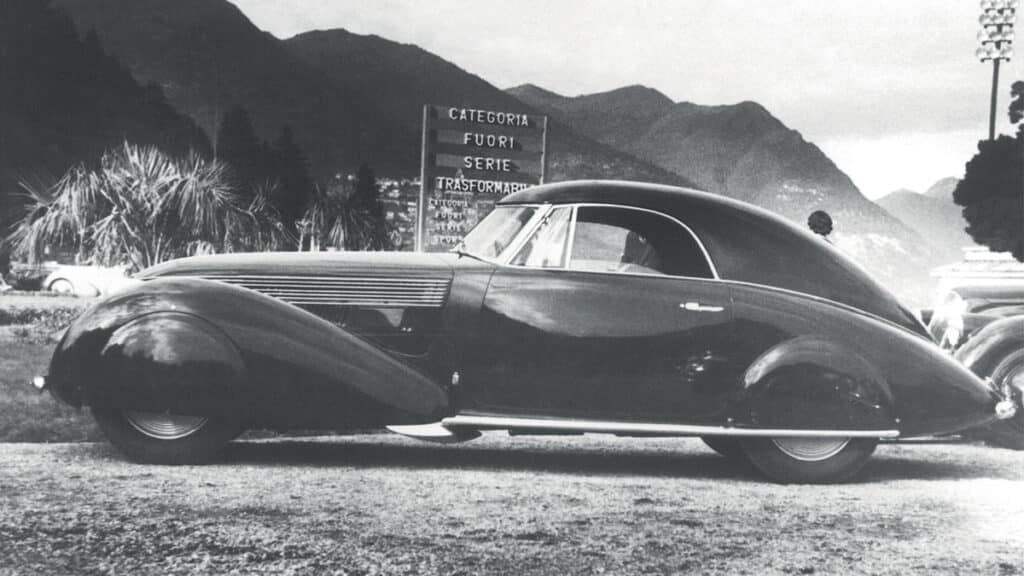
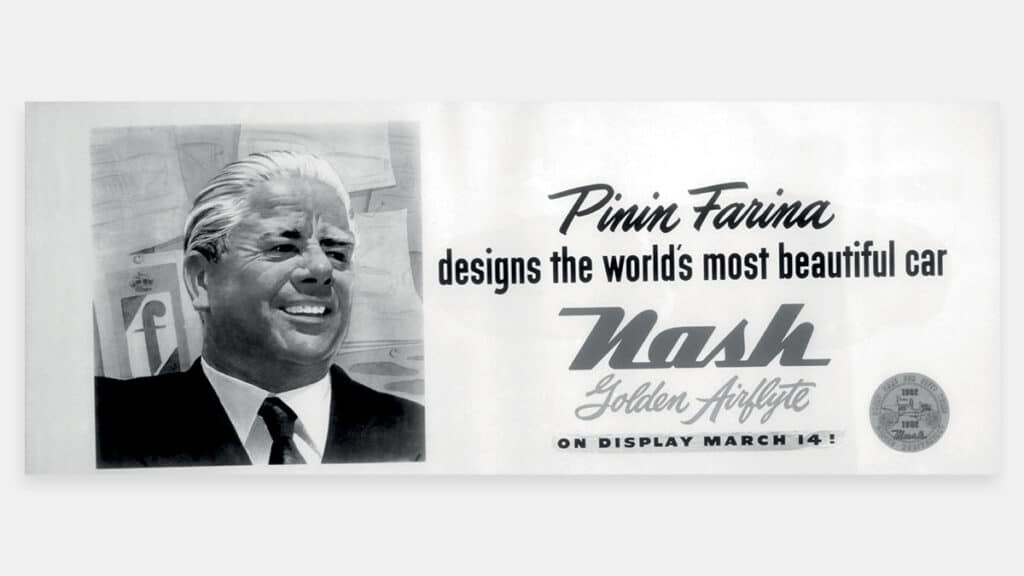
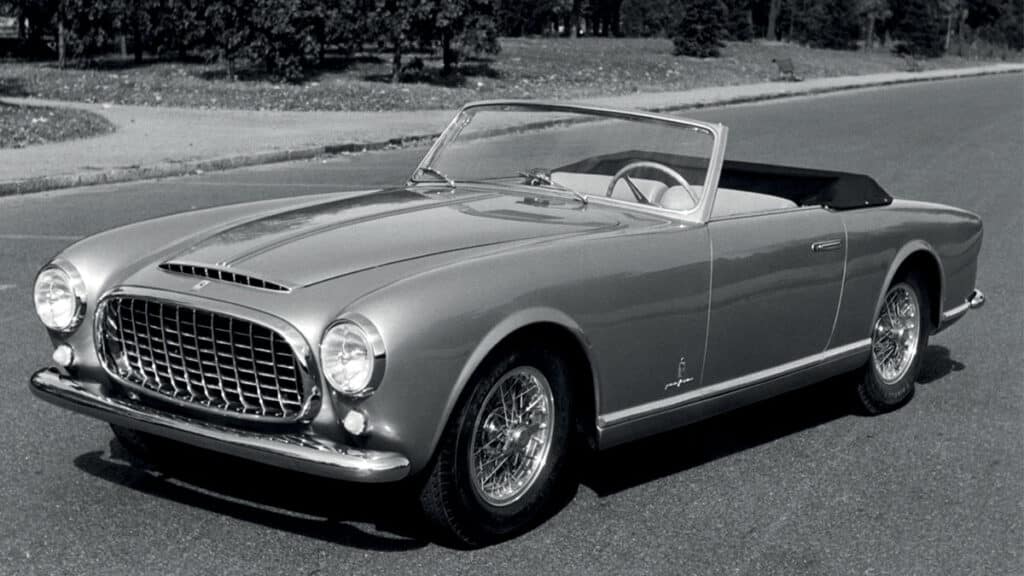
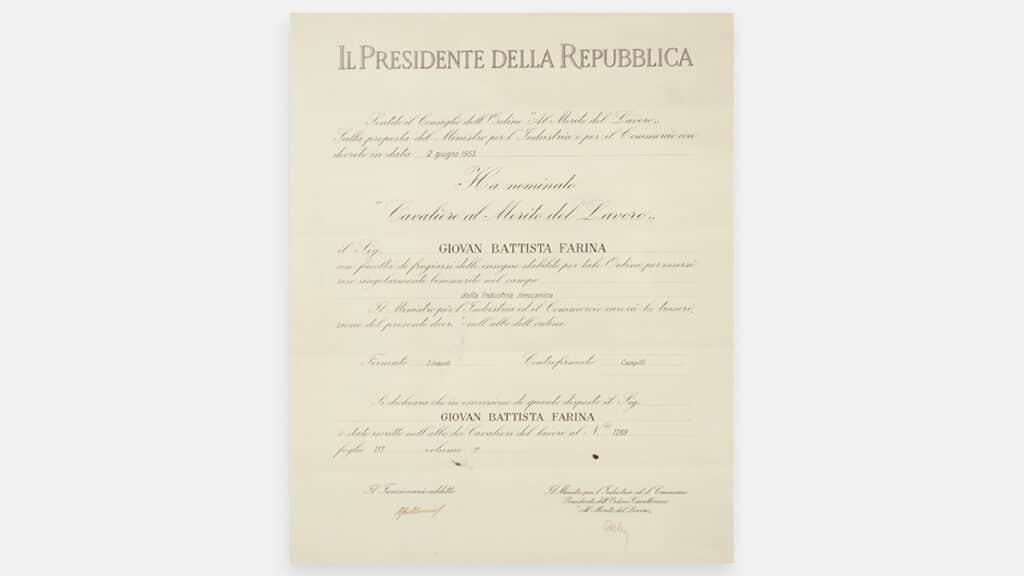
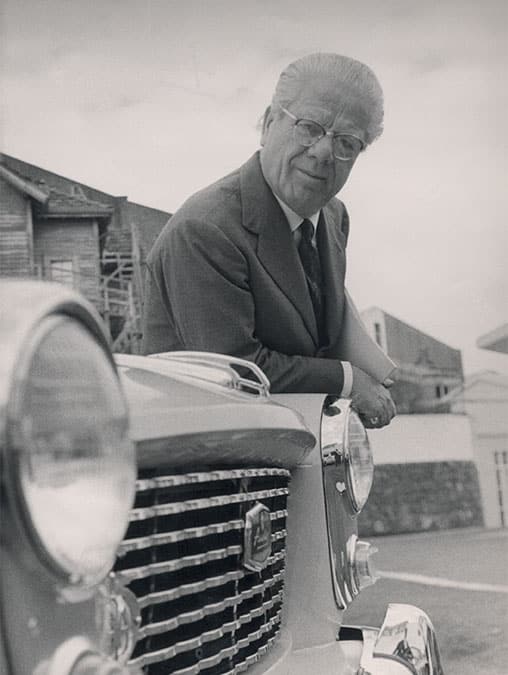
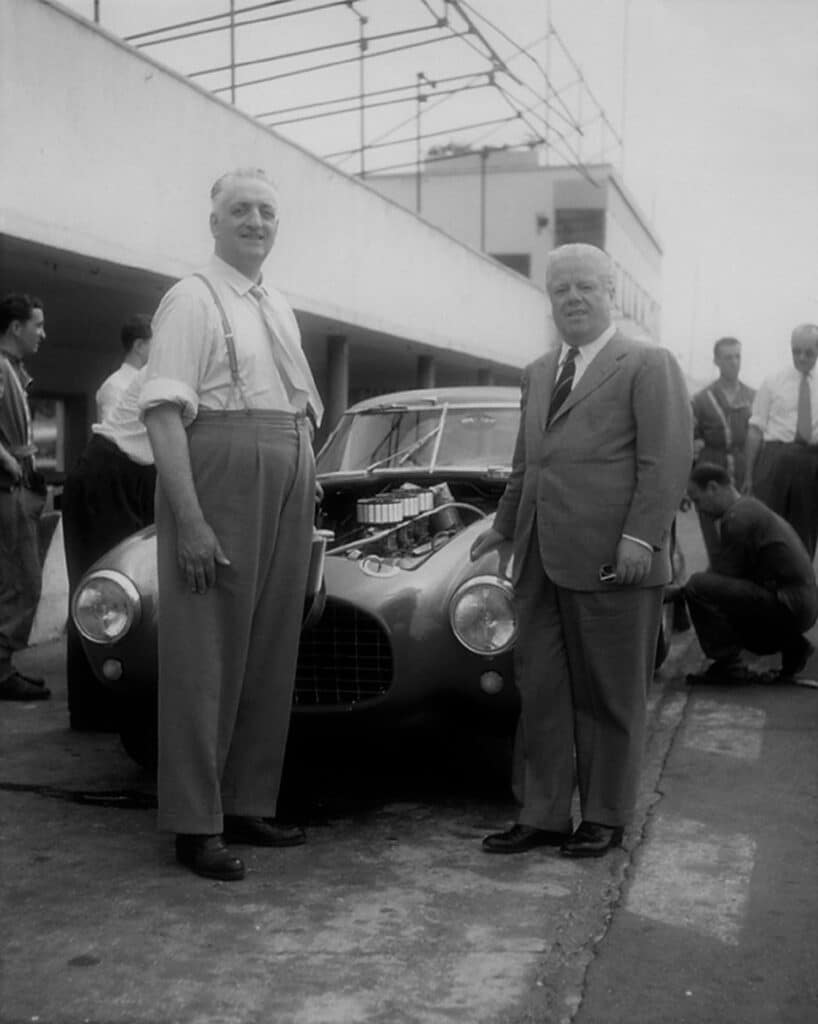
Photos Courtesy of Pininfarina.it
